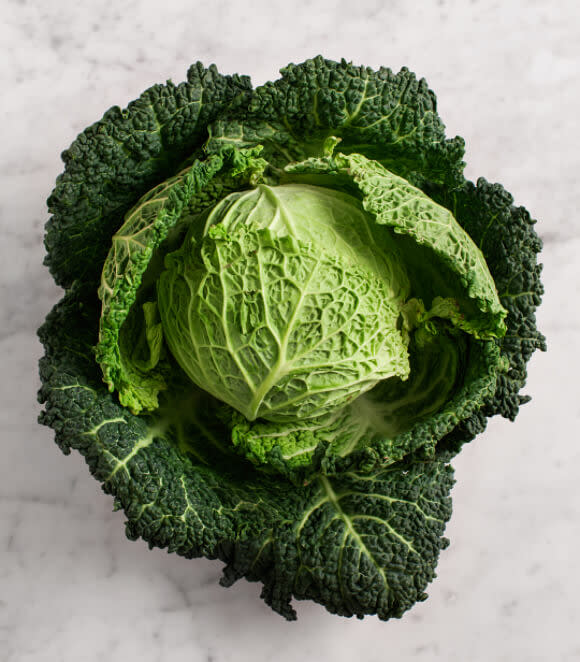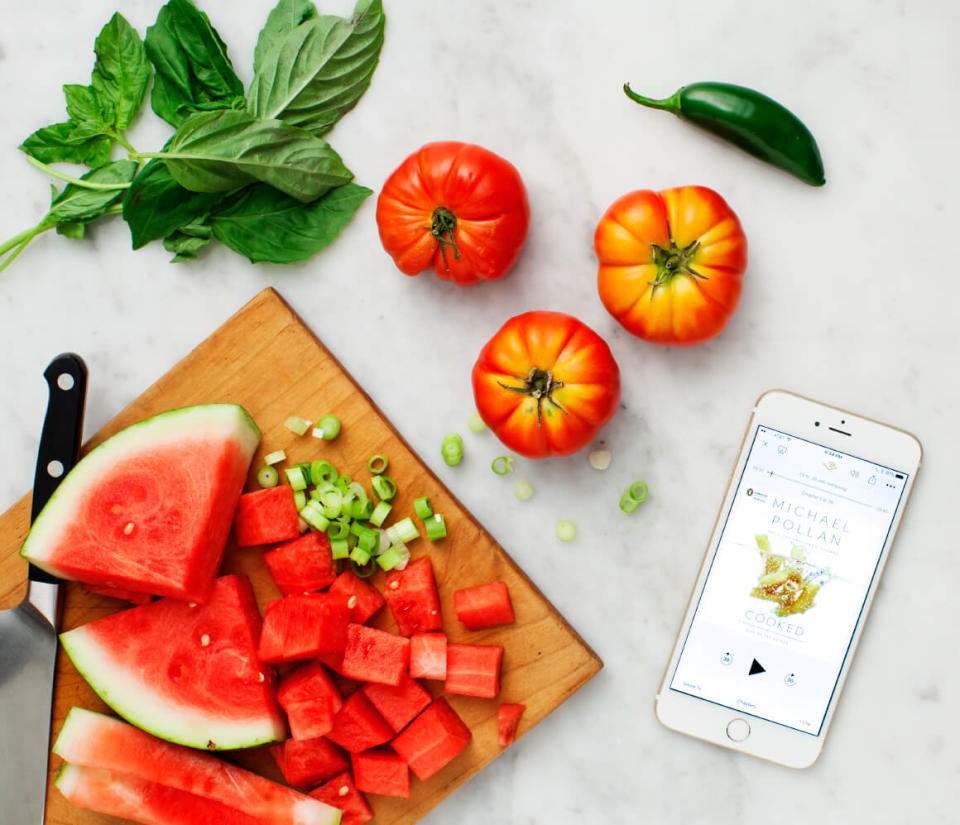5 ways to use more in-season produce — because you really should be
When we get really busy we sometimes take the easy way out when we go grocery shopping. We go to the nearest chain supermarket, grab whatever’s in front of us, and go home without thinking twice about what we’ve just bought. If this sounds familiar, then you may want to consider putting more thought into what kind of produce you’re buying, though, and whether you’re buying in-season fruits and vegetables.
For one, shopping consciously for produce will save you a lot of money. The more stuff the farms are growing, the less they’ll charge, which is why raspberries are annoyingly expensive in the dead of winter. The flavor of your produce is also much, much better when you buy what’s in season, as is the nutritional value. Finally, shopping for in-season produce is best for the environment, because it requires farmers to use less artificial products to encourage growth. All in all, you can’t go wrong if you opt in for what’s being grown .
If you have no idea where to start, that’s okay. It’s not something we’re exactly taught in school, so don’t feel bad if you feel like a rookie. Once you get on a roll, you’ll realize what a cinch it really is.
Here are five tips to use more in-season produce.
1. Research what’s in season and what’s not.
It all starts with the simplest of Google searches. You can even use a website that allows you to plug in what state you live in, which month you’re curious about, or which specific produce you’re wondering about. If you want to get really serious about it, print out a page at the start of every month listing which fruits and vegetables are ripe for the picking. You’ll never have to guess again.
2. Make friends with everyone at the farmer’s market.
The farmers market is the place to shop if you’re trying to play the in-season game. In addition to buying fruits and vegetable at your local market, try to foster a relationship with the farmers who bring all that lovely produce every week. They’ll tell you what’s fresh at the moment, what’s not looking so great, and what amazing stuff is coming up in the next few weeks. You’ll have all the insider information you need to stay on top of your produce game.
3. Freeze the extra fruits and vegetables you get.
When you realize how fresh and beautiful all the in-season produce is, you’ll want to stock up on it, even if you know you won’t use it all in the next week. Set aside a portion of your fruits and veggies and store them in the freezer in plastic bags or tupperware. You can then pull out however much you need for whatever dish you’re making, all the while ensuring your big batch of produce doesn’t spoil.
4.Choose to make dishes that feature in-season fruits and vegetables.
The most recent recipes on your favorite food blogs will almost always feature fruits and vegetables that are in season. Scroll through what kind of creations they’ve posted and see if anything inspires you. Even if they’re dishes you wouldn’t normally be interested in, you might be pleasantly surprised at how well they turn out.
5.Substitute in-season produce in your favorite recipes
Even though you’re on the lookout for recipes that use current produce as the main ingredients, there will be many times when you’re simply craving dishes that don’t normally call for in-season fruits and veggies. In that case, let your creative juices run wild. Replace certain ingredients with the hottest stuff you got at your last farmers market, still adding the same herbs and cooking it the same way. You might just love coming up with new brilliant recipes all on your own.
The post 5 ways to use more in-season produce — because you really should be appeared first on HelloGiggles.

 Yahoo Finance
Yahoo Finance 





